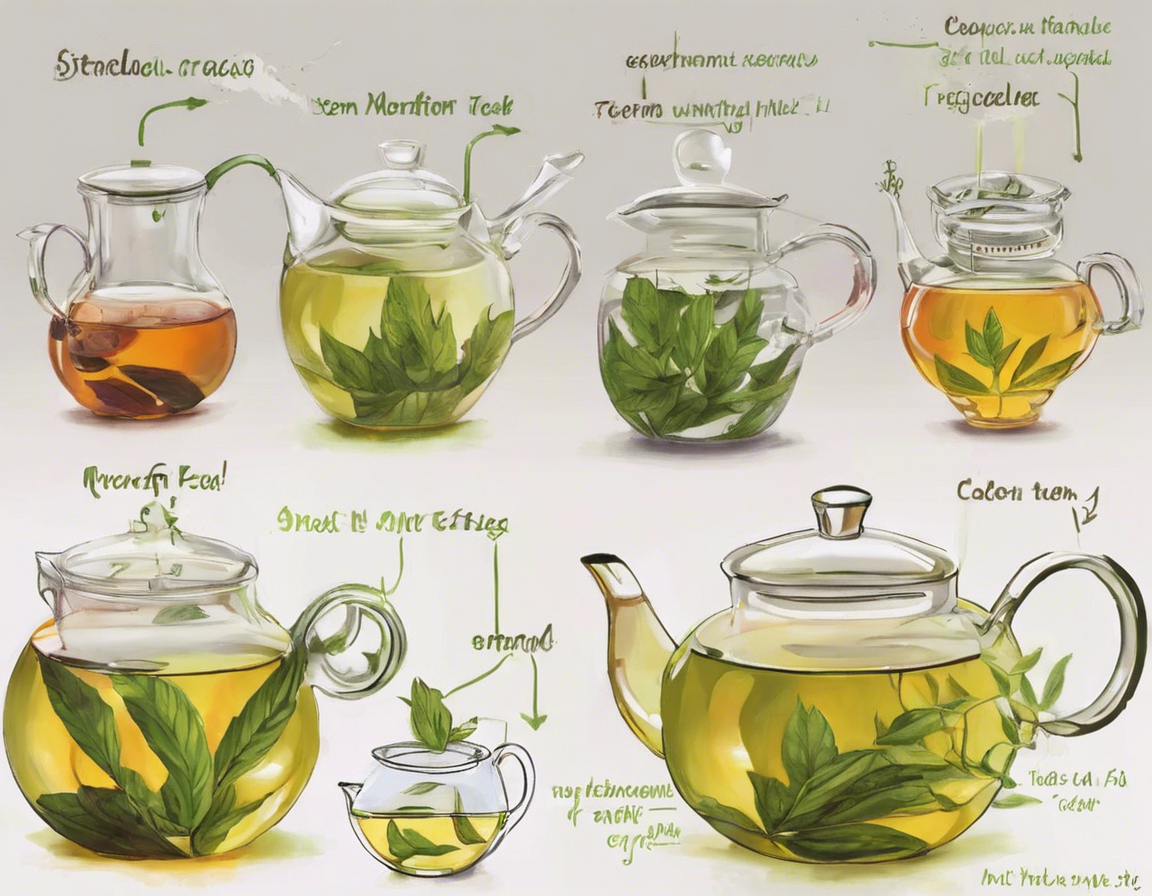The world of tea is vast and diverse, with options ranging from traditional black and green teas to more exotic blends like stem tea. Stem tea, as the name suggests, is made by using the stems of the tea plant, Camellia sinensis, to brew a flavorful and aromatic beverage. While the leaves of the tea plant are often the star of the show, the stems offer a unique taste profile that is worth exploring. In this comprehensive guide, we will delve into the world of stem tea, its benefits, how to make it, and some creative variations to try.
What is Stem Tea?
Stem tea is a type of tea made from the stems of the tea plant, Camellia sinensis. When tea leaves are harvested, the stems are often discarded or used in lower-grade tea blends. However, these stems are rich in flavor compounds and nutrients, making them a valuable ingredient for brewing tea. Stem tea has a slightly different taste profile compared to leaf-based teas, with a milder and slightly sweet flavor.
Benefits of Stem Tea
1. Rich in Antioxidants: Like leaf-based teas, stem tea is rich in antioxidants, which can help protect cells from damage caused by free radicals.
2. Low in Caffeine: For those looking to minimize their caffeine intake, stem tea is a great option as it contains lower levels of caffeine compared to leaf-based teas.
3. Digestive Aid: The stems of the tea plant contain compounds that may help aid digestion and promote gut health.
How to Make Stem Tea
Ingredients:
- Tea stems
- Water
Instructions:
-
Collect the Stems: Gather tea stems from a high-quality source. Ensure that the stems are clean and free from any debris.
-
Prepare the Stems: Rinse the stems under cold water to remove any dirt or impurities.
-
Boil Water: Bring water to a boil in a pot or kettle.
-
Brew the Tea: Add the cleaned tea stems to a teapot or infuser. Pour the hot water over the stems.
-
Steep: Allow the tea to steep for about 5-7 minutes, or longer for a stronger flavor.
-
Serve: Strain the tea and serve hot. You can enjoy it as is or add honey or lemon for extra flavor.
Creative Variations to Try
1. Stem Chai Tea: Add spices like cinnamon, cardamom, and cloves to your stem tea for a spicy and aromatic twist.
2. Iced Stem Tea: Brew a batch of stem tea and let it cool. Serve over ice with a slice of citrus for a refreshing summer drink.
3. Stem Herbal Infusion: Mix tea stems with herbs like mint or lemongrass for a fragrant and soothing herbal infusion.
Frequently Asked Questions (FAQs)
1. Are there different types of tea stems that can be used for stem tea?
Yes, different varieties of tea plants may produce stems with varying flavors. It is worth experimenting with different types to find your preferred taste profile.
2. Can I mix stem tea with other types of tea leaves?
Certainly! Mixing stem tea with leaf-based teas can create unique blends and flavor combinations.
3. Are there any side effects of drinking stem tea?
While stem tea is generally safe for consumption, individuals sensitive to caffeine or with certain medical conditions should consult a healthcare provider before regular consumption.
4. Can I reuse tea stems for multiple brews?
Tea stems can often withstand multiple infusions, although each subsequent brew may have a lighter flavor than the previous one.
5. Where can I buy tea stems for making stem tea?
Tea stems can be purchased from specialty tea shops, online retailers, or directly from tea plantations.
Conclusion
Stem tea offers a unique and flavorful alternative to traditional leaf-based teas. By harnessing the goodness of tea stems, you can enjoy a soothing and aromatic beverage with potential health benefits. Whether you prefer it hot or cold, plain or flavored, stem tea is a versatile drink that is easy to make at home. So why not stir up a storm in your teacup with a delightful brew of stem tea today?



